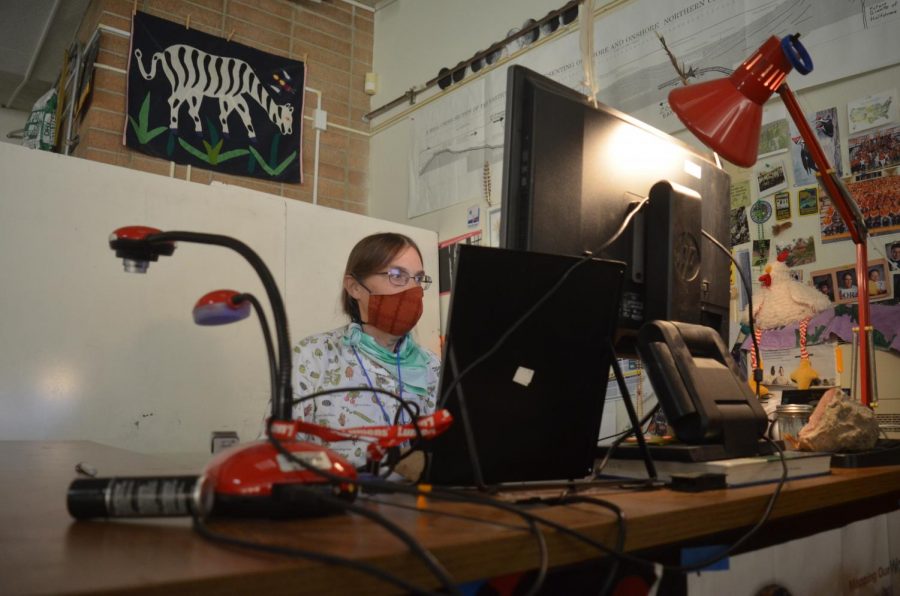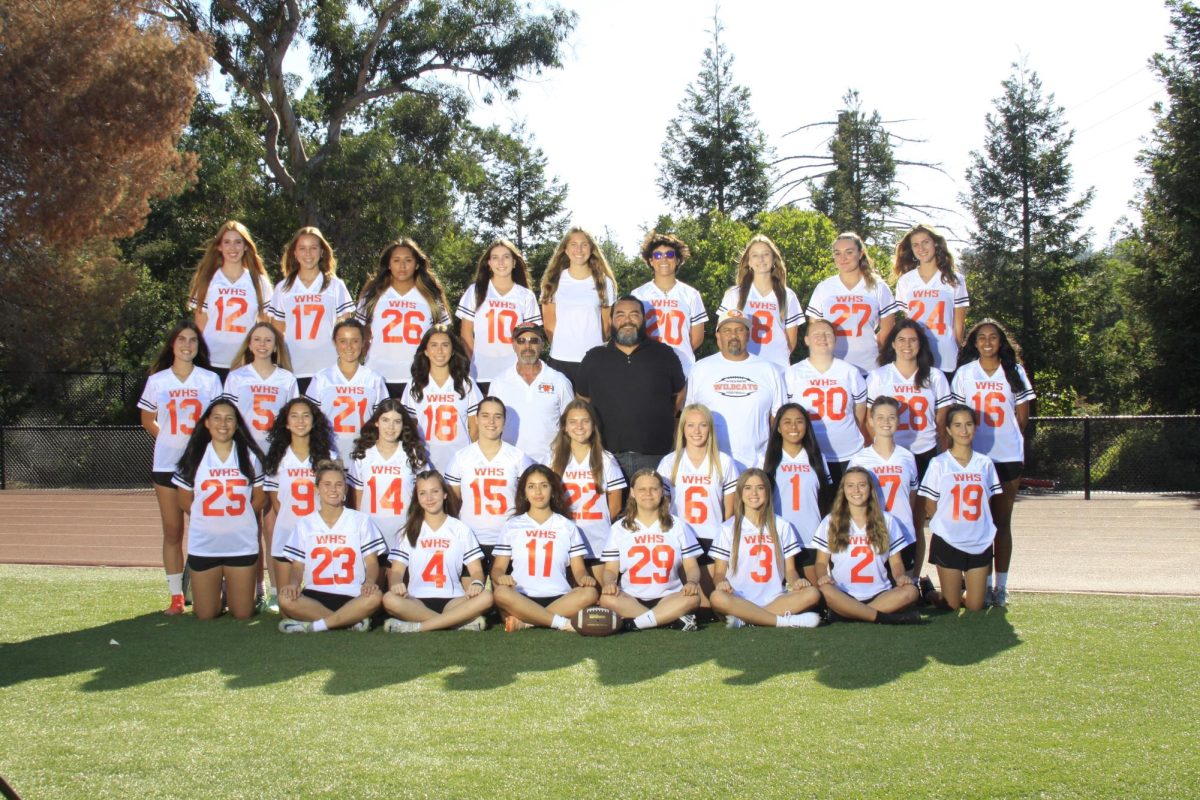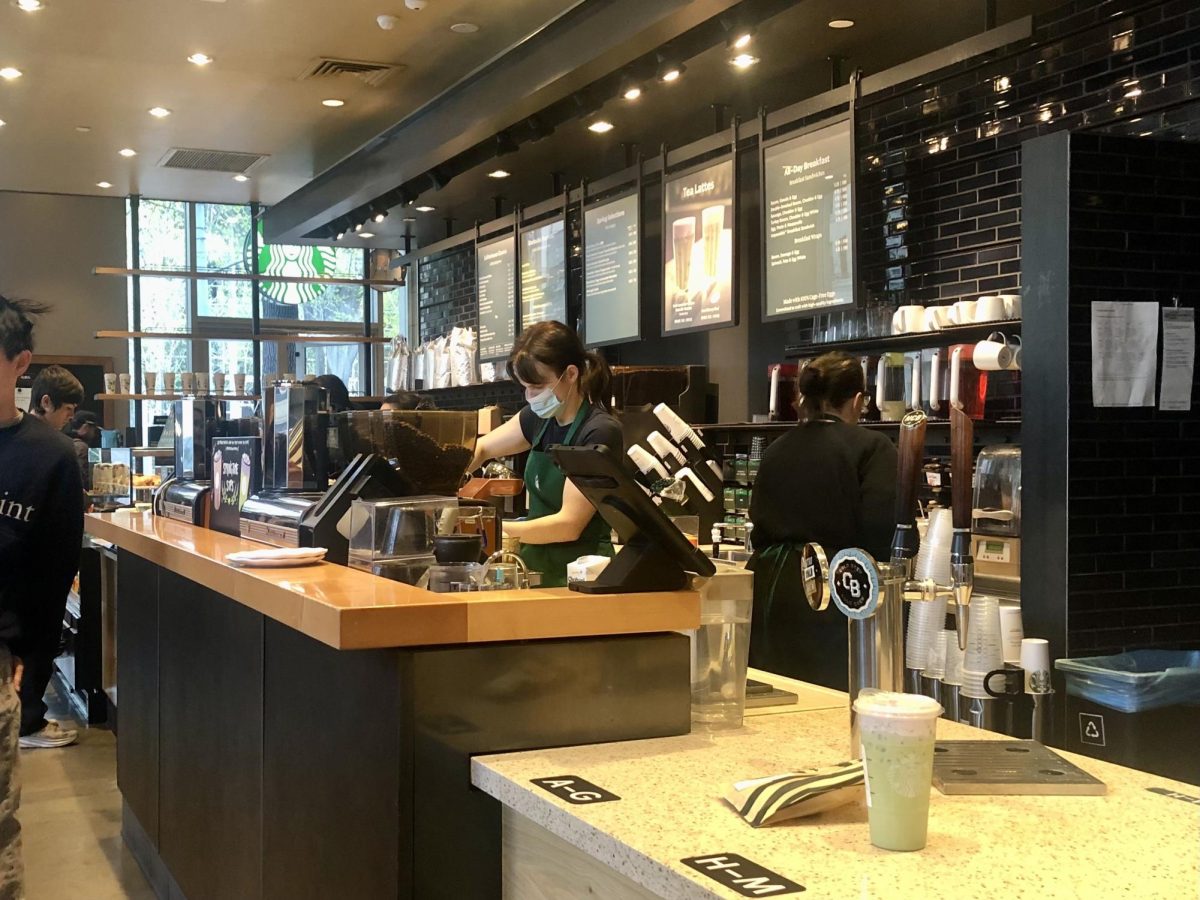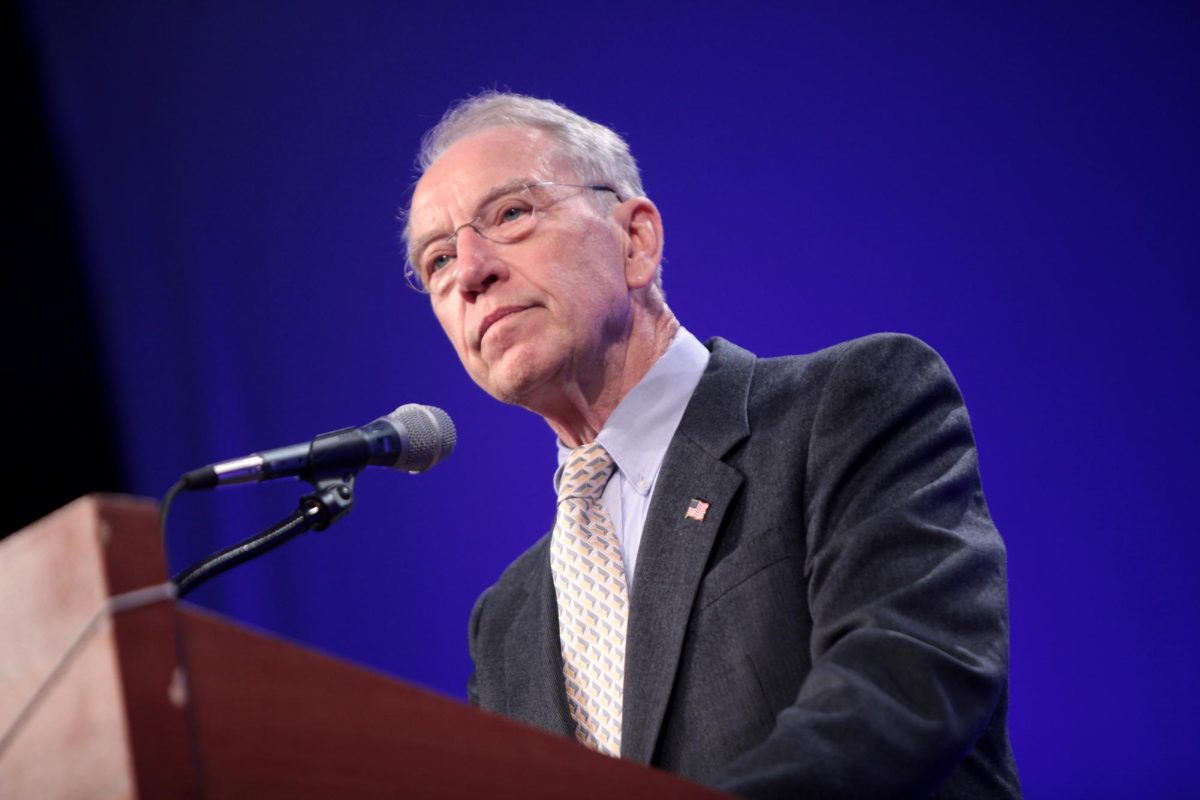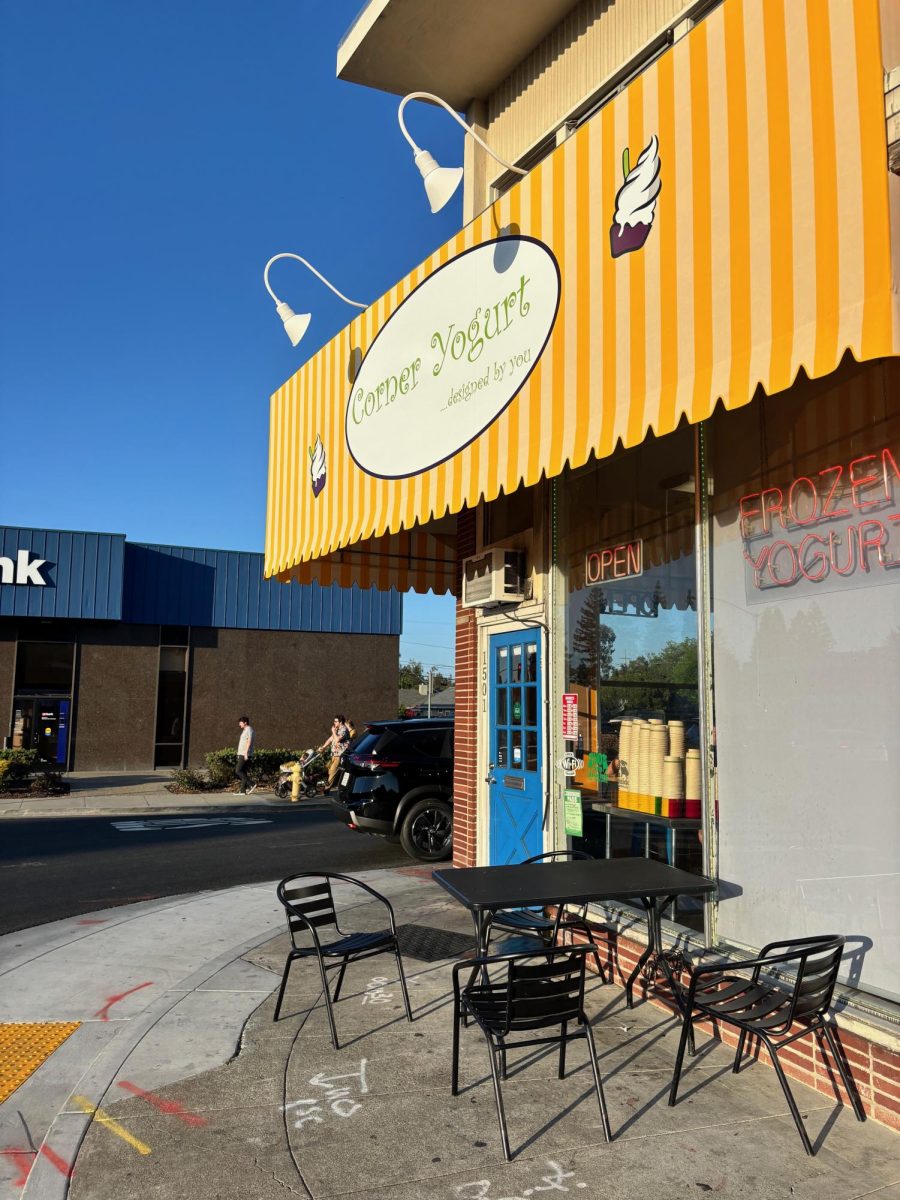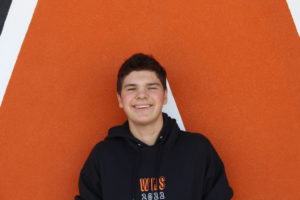It has now been six weeks since the start of the 2020/21 school year, and for the first time in Woodside High School’s 60+ year history, that first month has been conducted from home for most Woodside students and teachers.
Since the novel coronavirus caused the Sequoia Union High School District to close all schools on March 12, the comforts of the home have taken over the school desks for many teachers. But has it ever been wondered what their thoughts are on distance learning are? For some teachers at Woodside, working from home doesn’t bother them.
“It’s nice to work from home,” Woodside English teacher Tony Mueller confessed. “It’s nice to get back to basics and start rethinking teaching.”
Many, however, like Woodside AP Environmental Science teacher Ann Akey, only seem to appreciate distance learning due to its current necessity.
“I’d much rather be in-person, but I realized and I appreciate it’s the only responsible thing to do at this point,” she said.
However, opinions are variable in the human world, and many teachers have different reasons for their like or dislike of the current at-home learning model. A common reason is a change in how students and teachers interact.
“The hardest for me is I miss the kids,” Woodside AP Biology teacher Joseph Ezrati declared. “That’s my favorite part of the job, interacting with the students and getting to work with them in class, and doing it over Zoom is not the same.”
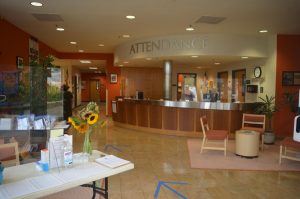
Some say that communication between students is also something that hasn’t been as strong when on a computer.
“One of the things that’s been harder — and I’ve spoken to a couple of the other foreign language teachers about this — is just creating the dynamic, participatory environment,” Woodside Latin teacher Alan Eaton affirmed. “I would say in any given class, you know, somewhere between 5 and 20 percent of the students have their video off. And for a period of time, all the students are muted. And so what that means is that you’re a teacher who can’t see the faces of some of your students for the entire time.”
Eaton says that this has caused him to have never seen certain students’ faces.
“I still have students — and this is just the way it is right now — whose faces I’ve never seen,” he lamented. “I’ve emailed them. I’ve graded their work. I’ve given them feedback. And we’re more than aware of [how] in the fifth week of school, I’ve never seen their face.”
While there are certainly many reasons why students are not turning on their videos during class, it has been causing problems for some teachers.
“[Students] can just turn off the video and you can walk around, you can do something, you can [eat] a meal, you can listen to music and do it so many that behind the camera, and nobody knows,” Nguyen bemoaned. “And also for teachers, and for me, there’s almost no way that I can keep track of that. I’m still waiting for the school or the district, to make it mandatory, like everybody has to turn on the camera. But again, it’s going to come with its problems, because they’re going to say the camera doesn’t work; the internet is not strong enough.”
Woodside Principal Diane Burbank says that could cause an incorrect judgment on student engagement.
“For teachers, not knowing if a student is engaged is harder on Zoom,” Burbank remarked. “It could be that a student is really engaged just doesn’t have their camera on because it takes too much bandwidth… In the classroom, [when] a student had [their] hoodie up and head down on the desk, the teacher could walk down that row and knock on the desk or say, ‘Hey, come here, come talk to me,’ and ‘’What can I help you with?’ In some ways, [that is] harder to do in Zoom.”
As Nguyen points out, another problem with distance learning comes when teachers have younger members of the family to look after.
“It’s hard because, because a lot of times, I’m concentrating and trying to push that information in the lecture and [they are] in the background like oh, ‘Daddy can you play with me,’” he said. “Then my background [is] so loud, so I feel bad. But, yeah, all I can do is close the door, and kind of like block the noise out for some time.”
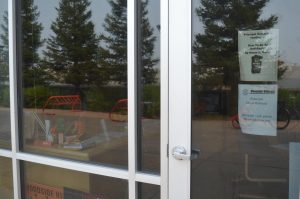
The amount of time spent on prepping for or helping students with distance learning is another main reason why distance learning is not optimal for some teachers.
“[S]tudents will email at 11 pm, students will email at 2 am, students will email at 7 am,” Eaton stated. “And email’s different than real life in the sense that there’s an expected almost immediate response… So like when you’re in school, you’re with a group of students for like 110 minutes and then they leave for the day. Now, you’re working in each class, 70 minutes, but you’re still getting emails from all of your students all day.”
For Mueller, distance learning has allowed him a little more time, due to a different schedule than with in-person learning.
“I hate to admit it. In terms of time spent on, and at work, it’s less,” Mueller admitted. “I’m not working as many hours as I was at school. I wake up at 7:30 instead of 6:30… I don’t work past 3:30.”
Some teachers agree that while there’s often more time spent planning than previously, it’s due to a readaptation of the previous lessons for the new age.
“I think, myself and all of us have to spend a lot more time on planning,” Akey theorized. “Because, as a teacher [who] has been teaching for many years, I have a store of things that I’ve done before that I like, that I know that are work. It’s not that my entire course is mapped out by any means, it’s not that I’m not trying new things, but I also have some trusted [and] tried and trusted things, but here every single day I have to kind of restart from scratch. There’s very little that I can directly use. There are some things I can modify, but there are a lot of things I simply have to replace.”
Distance learning has taken on two phases with one being asynchronous in the spring, and a blend between synchronous videoconferences and one asynchronous day on Wednesday. While students may have differing opinions, the adults on campus have their obvious favorite.
“I think for [distance learning] this fall, it’s way better than it was in the spring,” Burbank proclaimed. “And I think that’s because of letter grades, a bell schedule, and teacher training.”
Nguyen agreed, saying that the preparation over summer made all the difference.
“I’m glad that it is actually going a lot better than the one we had last spring,” Nguyen explained. “Last spring we [all just went] suddenly [into] all the distance learning. [We had] no prepar[ation] at all. None of us knew how to zoom. The school district didn’t even ask us to promote Zoom at all… But this time with the summer, [and] with other prepar[ing] we could do the distance learning a lot better.”
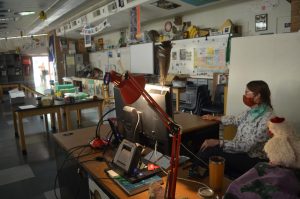
For others, however, the fall so far is better due to the connections made on close to a daily basis as opposed to the monotony of the spring.
“I think that the regular check-in with teachers is a way of maintaining relationships that they had maybe previously,” Eaton surmised. “Last year, we had to do that basically by emails, and notes, and work, so this is a little bit more personal.”
According to Burbank, the process to modify distance learning for the new school year was largely based on student feedback and teacher observations.
“Through the spring, we heard a lot about letter grades being a motivator. We heard a lot about difficulty staying motivated without a bell schedule, like kids sleeping in until noon. You know, which is great when you’re a teenager on the weekends, but you can’t start the day at noon… We got that feedback. And then because of the need of sharing some teachers by sight and they want to keep electives intact from students that helped create the bell schedule, [we came up with the system] where every school in the district is on Wednesday asynchronous and then odd [and] even [class bell schedules]. Our times might be a little different according to the site. But the need to keep it across the board was how teachers had input.”
One of the most beloved parts of the new bell schedule is the inclusion of long breaks for brunch, lunch, and passing periods. Nguyen says that he uses the time to look after other family members, as well as himself.
“Because my kids are also on Zoom, if I have break time, I go down to their room to check on them and see if they need help with their homework, or I take time to have something to eat.”
Burbank uses the time to take a walk after an hour or more on the computer.
“I usually try to either walk to the end of the driveway or… I walk out to the MUR and back, and maybe I’ll see the treasurer, who’s there on Mondays, I see Miss With, whose office is open right there. I see the college counselors whose office is open right there and they’re in on rotation and then I see the construction going on in the quad.”
As teachers look to the future, their views on reopening are similar.
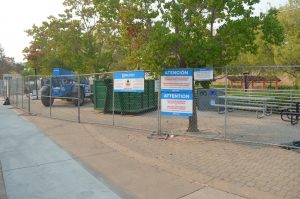
“It’s nice to be in a classroom where I feel comfortable. But I’m in no rush to get back,” Mueller expressed. “I think we should do it when it can be safe and when the logistics make sense. I don’t want to have to do temperature checks and mask logistics and all that.”
Akey says that reopening depends fully on how health and safety guidelines would progress.
“There’s all sorts of steps we can take to reduce risk… I thought the only way I would teach [this] fall if they had done in-person, was small groups outside. I wouldn’t even want to be inside. But again, it depends on if infection rates go down and if there’s a vaccine.”
Nguyen, however, brought up the scenario of in-person not returning next semester either, and what that would mean for the school.
“We know for sure that [we’ll be in distance learning until December already, [but] we just have no idea how it is going to be next semester,” he professed. “But let’s say if [in-person school] doesn’t happen at all next semester, then I’m thinking [we have to] keep hoping for the next time which is next [school] year, but for sure, for sure we’re gonna go back. There’s no way [we are not going to back by next school year]. But if for whatever reason, okay, which is like, I’m talking about a percentage [that is going to be] very small, that we have to do distance learning for now until almost like the rest of our lives, [we would] need to step up. I especially me, especially everybody needs to step up. We [would] have to change so much in distance learning to make it comparable with in-person learning because right now I still don’t think we are right there yet.”
Eaton said that while the process of reopening is going to be difficult, he has complete faith in the Woodside High School administration and thinks everything will be fine.
“I trust our Woodside administration 100 percent,” Eaton emphasized. “I’m behind each of you know Principal Burbank and [Instructional Vice] Principal Mazzei. Mr. Velschow, and also Ms. Porter like, hundred percent behind them, but we’re working together and we’re not making the decisions. So it’s hard for us to know, but as far as going back, we should go back when it’s safe to go back, and we should go back all in… Otherwise, it’s a logistical nightmare. If you do cohorts and stuff, we don’t have the faculty numbers to make it work for like, you know, ten student cohorts and stuff. We’re a 2000 kid school.”
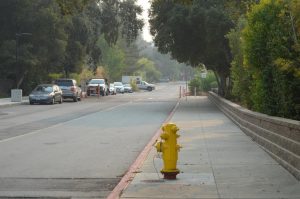
“So I think that [we should] do what Public Health Risk will allow you to do safely, but I think that when we go back there should be a vaccine, there should be ready testing, and you know, we take the normal Woodside precautions to keep us safe and I think everything will go pretty well,” Eaton added.
Ultimately though — while reopening may be far off — distance learning still continues, and Ezrati says that it’s important to continue, even if the times aren’t exactly normal.
“The theme of the year for me and my students is patience, grace, and forgiveness,” Ezrati reflected. “This is not a perfect situation. It is not what we signed up for, but it’s what we’ve got. And we’ll try to make the best of it. I will do my best to make my classes as engaging and interesting and comprehensible as possible, and I hope that in return, my students will give their best efforts. Some things will work, and some things won’t, but we’ll be patient will be forgiving, and we’ll have grace, as we move through this trying time.”


